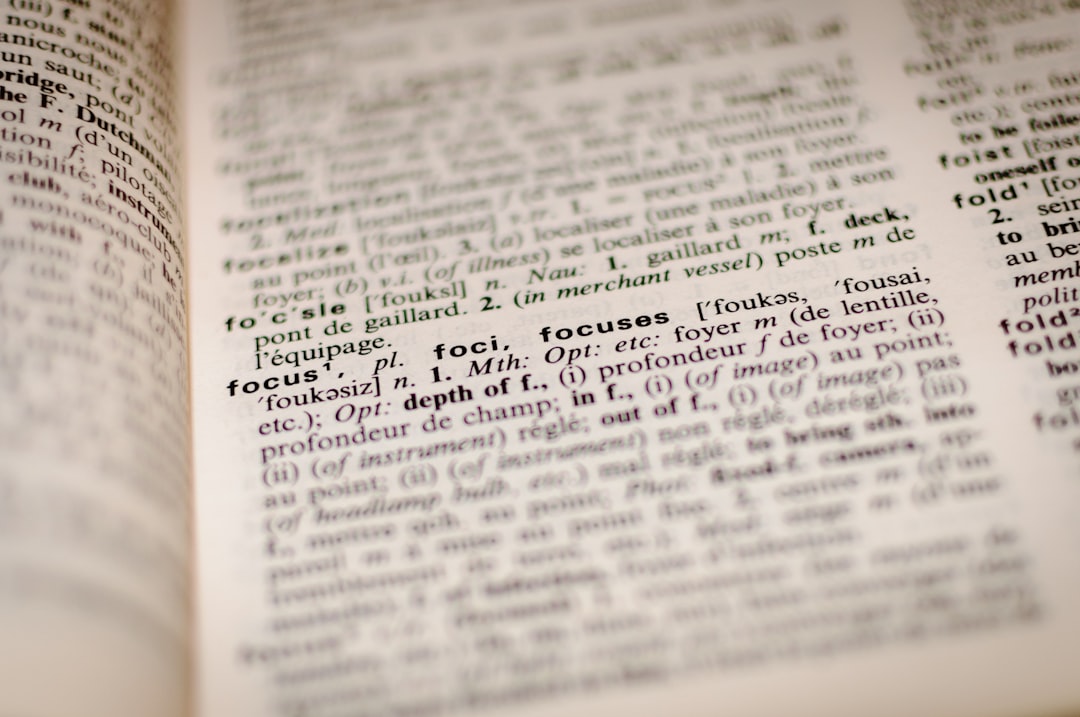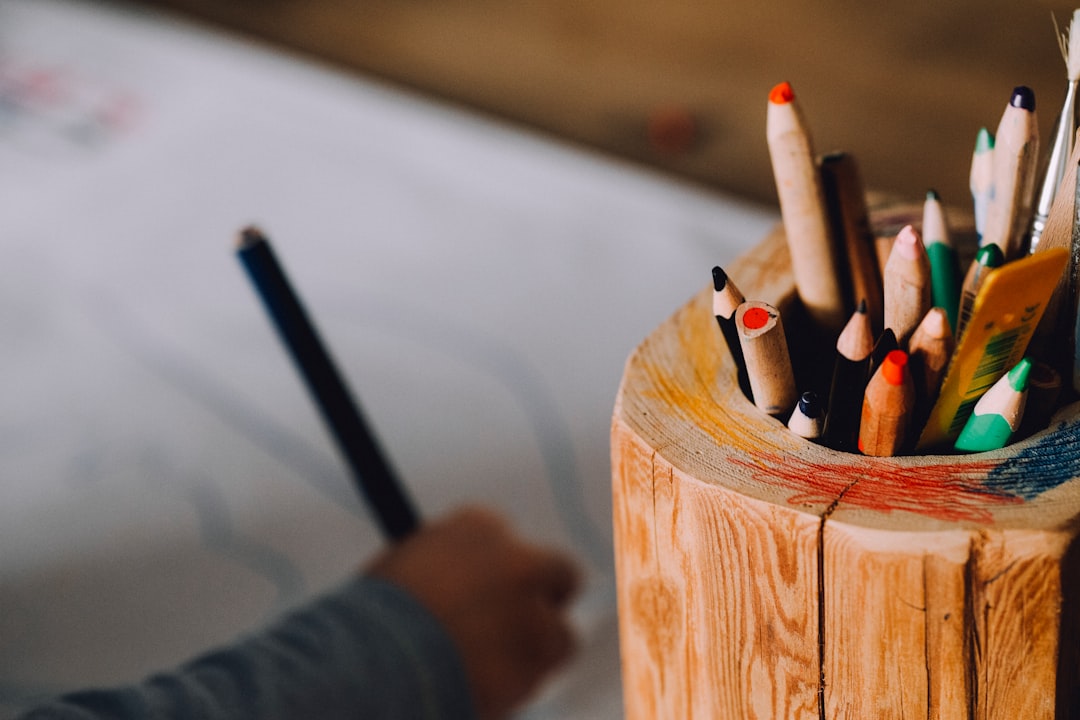What is it about?
Children communicate in minority literacies such as music and dance: these are often overlooked in favour of reading and writing. These embodied modes are semiotic resources that engage students in learning and encourage the diversity of students to interact and communicate with confidence. As they become adept at music they redesign meanings into the mode of spoken linguistics.
Featured Image
Why is it important?
This article demonstrates the importance of embodied modes of communication found in the arts, and how literacy skills in young children can be enhanced by participation in the arts.
Perspectives
I demonstrated that engagement in learning in the arts increased literacy skills for students who were new arrivals, by giving them opportunities to use their cultural knowledge in music to lead their peers by verbal mode of instruction combined with the mode of movement in arts activities. Mapping the stages of learning in music by use of my own model of the space of music dialogue was made possible. It demonstrated multimodal redesign in situated examples, drawing on prior learning. The students chosen for case study increased their fluency in spoken English as they interacted with others and instructed them in the arts. I also discovered new ways of transcribing video examples of music interactions and using visual analysis of multimodal redesign, important in making semiotic analysis available in the arts.
Dr Michelle Margaret Tomlinson
Griffith University
Read the Original
This page is a summary of: Transmodal redesign in music and literacy: Diverse multimodal classrooms, Journal of Early Childhood Literacy, October 2014, SAGE Publications,
DOI: 10.1177/1468798414552509.
You can read the full text:
Contributors
The following have contributed to this page










